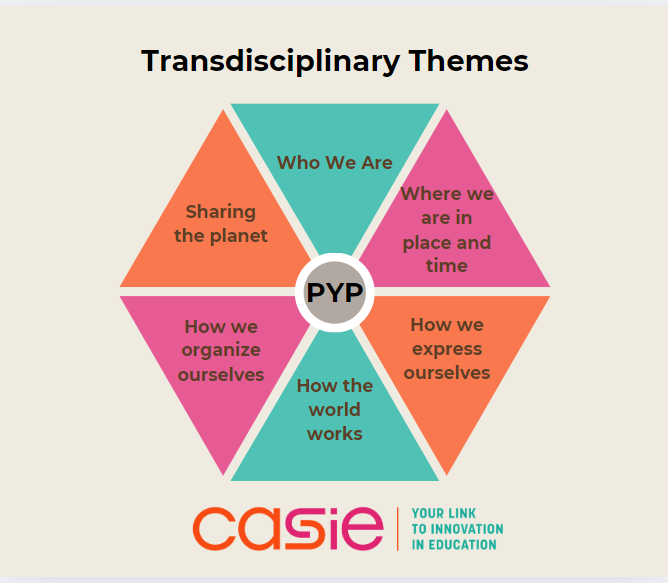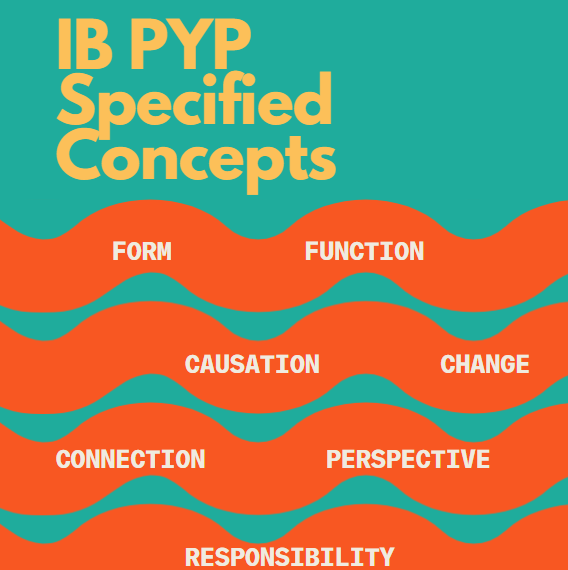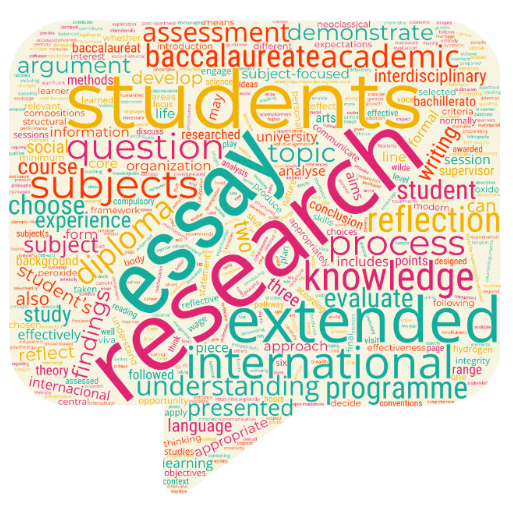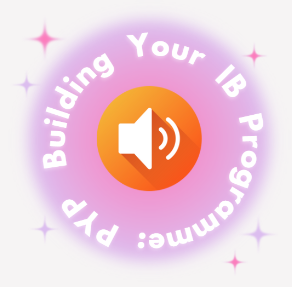Updated: Jan 16
1. What does it mean to be attentive to a learning opportunity that arises ‘out of the blue’?
2. How is it possible to ‘change course’ in the middle of a pre-planned set of learning engagements?

In July, 2023, Melissa MacNeil Shaw and I were facilitating separate Category 1 & Category 2 Language & Literature sessions sponsored by CASIE.
We faced an interesting conundrum. She had 7 participants in her C2 L & L session. I had 12 in my C1 version. We discussed the opportunity to combine the groups at some point over the 2.5 days of the facilitation. We thought it best to see how the groups developed and to assess the value of the learning opportunity of a combined group.
Over the next few sessions we checked with each other, and decided that we could take advantage of a collaborative opportunity on the morning of the last day. Up until the proposed session we had brief chats about how to structure it and how to prepare our groups for our joint session. We decided to let our individual groups know about our plan.
When that morning arrived, I began to rethink our plan. Of course Melissa and I could continue to organize the temporary integration of our groups. But how could we acknowledge the culture we had worked hard to establish for each group? How would we acknowledge the transition we were asking our participants to make? What teaching and learning opportunities could we acknowledge?
These questions prompted my thinking. Wait a minute! Of course Melissa and I could organize the transition to this new session; but by doing so we would steal a teaching and learning opportunity from our participants. I knew we needed to rethink our collaboration.
I suggested that we each ask our groups to select one person to organize the transition. We met the two selected in the hall and briefed them on the plan for the session; but, more importantly, asked them to come up with a plan to acknowledge the process of integration of the groups. We left them to plan.
When I returned to the door of my classroom, I was dumbstruck. My participants were all up, reconfiguring the room from pods to a large circle. They spaced themselves and their belongings in every other desk, leaving room to integrate their colleagues from Melissa’s group. Additionally, they created new, blank name tags, complete with markers and tape, and placed all of these on the welcoming desks. I felt an almost overwhelming sense of pride in the group! (To be honest, my eyes did mist up, just a little!)
Melissa’s group entered the room, found a place, and began chatting with their new colleagues. After a few minutes, I intervened, wanting to make the learning of this transformation process visible. I asked, “What did it feel like to integrate the cultures of our two groups?” Several colleagues responded:
1. “I trusted Leticia (the organizer from Melissa’s group) so I trusted the process.”
2. “We immediately got up and began to reorganize the room to welcome our colleagues. We came up with ideas based on what we thought would be the most welcoming choices.”
3. “I was uncomfortable at first, but that passed quickly when I saw how welcoming everyone was.”
Then I asked, “What did you identify as the most important aspects of integrating our two cultures in an inclusive manner?
1. “We had to reconfigure ‘our room’ to make it ‘OUR’ room.”
2. “Transitions can be difficult. A sense of belonging is so important. We wanted to create a space where everyone belonged and felt valued.”
3. “You gave us the opportunity to make this happen. You respected us.”
After this we continued the learning engagements of our joint session, seamlessly.
Melissa and I chatted after the session. We learned several things from these events.
1. It took courage, collaboration and time for Melissa and I to ‘hand over’ this process, having worked so hard to develop the collaborative cultures of our individual rooms. We gave ourselves room to reimagine our initial ideas and assumptions. We broadened our awareness of the learning space from ‘our classroom’ to a new, hybrid classroom.
2. The participants actually did a much better job of welcoming each other than I would have. I wouldn’t have thought of the welcoming name tags, interspersing the desks, etc.
3. The process reconfirmed my belief that teachers (facilitators) need to consider how to leverage each learning engagement to develop the agency and expertise of participants (students). Our participants were expert teachers. We offered them the opportunity to authentically exercise their craft.
4. Each ‘content-related’ learning engagement has embedded within it important Approaches to Teaching and Learning components that we have the opportunity to recognize and make visible.
5. We constructed a learning engagement that used the concepts of ‘transformation’, ‘welcome’ and ‘belonging’ to help construct meaning made by the participants.
6. These concepts invited and promoted cognitive, kinesthetic and affective learning opportunities for all of us.
Author
-

Richard Hood is a passionate facilitator of adult and student learning. In this regard, he has a special interest in creating and supporting administrative and teacher commitment to intentional practices of teaching and learning. His focuses on ways to create student engagement. He also redefines the teacher as a ‘diagnostician’, whose core job skill is to diagnose the learning needs of their students and select the appropriate tools to facilitate that learning.
View all posts







